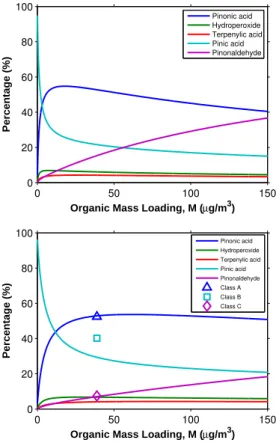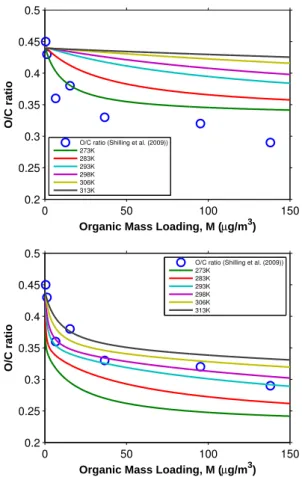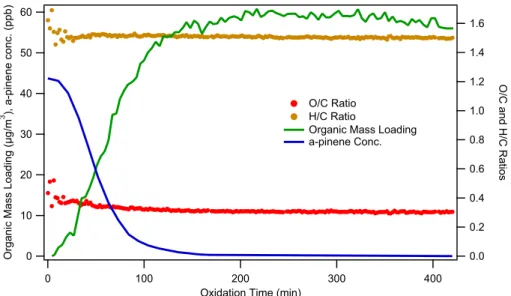Modeling of secondary organic aerosol yields from laboratory chamber data
Texto
Imagem
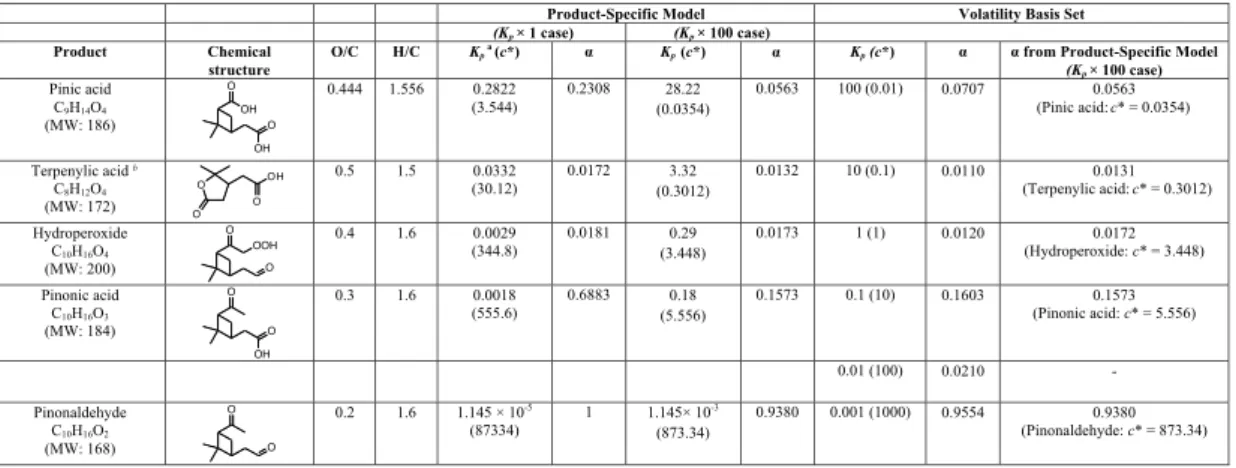
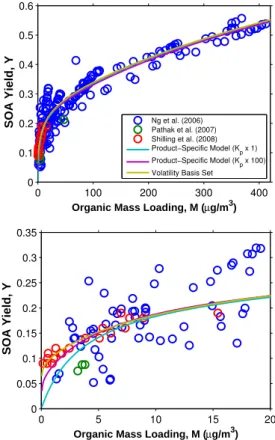


Documentos relacionados
The effect of photochemical ageing and initial pre- cursor concentration on the composition and hygroscopic properties of secondary organic aerosol (SOA) formed dur- ing the
In an e ff ort to retrieve the m r s of SOA closely resembling ambient aerosol, this work explores the e ff ect of parent hydrocarbon ( α -pinene, limonene and toluene) and
Their maximum aerosol yield is calculated by the slope of the increase of aerosol mass with decrease in precursor organic species in environmental chamber experiments.. Mart´
Secondary organic material formed by methylglyoxal in aqueous aerosol mimics – Part 1: Surface tension depression and light-absorbing products..
Predicted seasonal average SOA concentrations due to contributions from different precursors in (a) spring (March, April and May), (b) summer (June, July and August), (c)
Aerosol mass loading was calculated from the FMPS measurements by applying the determined aerosol density after taking into account the aerosol deposition on the chamber wall
Secondary organic aerosol formation from photochemical aging of light-duty gasoline vehicle exhausts in a smog chamberT.
Time series of wall-loss-corrected aerosol mass (right axis) and VOC consumed by each oxidant (left axis) for α -pinene and β - pinene at 0 (“O 3 -only”), low, and medium NO
